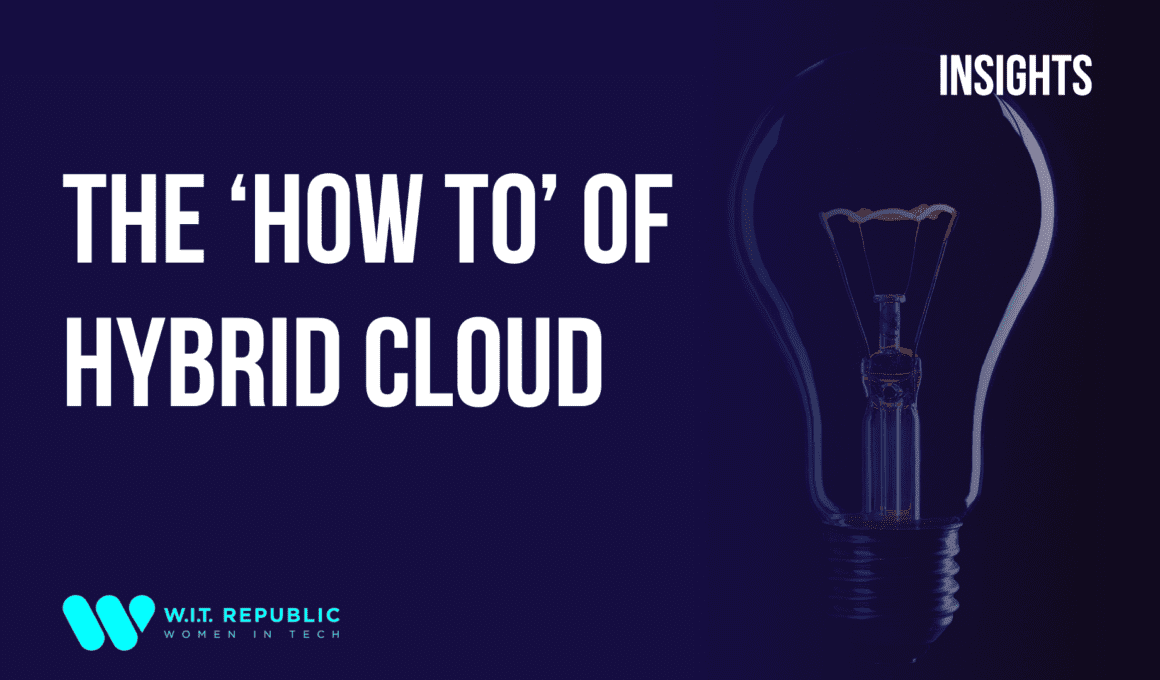So much of business—and life in general—comes down to semantics. We articulate goals and measure success using a variety of terms. Some serve to clarify; others confuse. Consider the term “hybrid cloud”—a Google search yields 5.96 million results. So, yes, hybrid cloud is a hot topic, but what exactly do we mean by it?
The (current) accepted definition of a hybrid cloud is any compute/storage environment using a combination of third-party and private (on-premises) cloud resources. Yet, this definition is somewhat misleading. It is very likely that your company has already been using third-party platforms and services—a hybrid cloud model—for many years.
Hybrid cloud is less about the “what” than the “why.” The question isn’t, “Should I move to a hybrid cloud?” (You already have.) The better question is, “Am I using that model to my best advantage?”
On-Premises vs. Public Cloud Capacity—Strategic vs. Non-Strategic Applications
The number of diverse applications, systems and business requirements IT must support is growing exponentially. In response, more tools are being made available to help. Public cloud, private cloud, edge computing and PaaS/SaaS models all give CIOs and IT managers options for handling new, more complex demands. Each has its advantages and disadvantages. The challenge for IT is developing the best mix of available tools to ensure business goals are being met in the most efficient way possible.
The first step in developing a hybrid cloud strategy is understanding which functions, applications and requirements are strategic to the business. More specifically, which operations are core to the organization’s purpose or must remain in-house (i.e., private cloud) due to security, regulatory or other governance issues? These are the high-priority operations for which it makes sense to prepare highly efficient, on-premises resources and staff to support your cloud initiatives.
In deciding whether an application or function is strategic, it is essential to separate the IT output from the hardware/software producing it. For example, you may have significant dollars invested in a legacy mainframe with the software and analytics to run mission-critical applications. But the real question is: How strategically important is the output? If it is strategic, then, by all means, keep it in-house. If not, it may make more sense to migrate applications to public cloud equivalents and use the vacated space for something more strategic.
On the other hand, non-strategic functions represent an opportunity to increase operational efficiency and cost-savings. For example, using a SaaS or PaaS provider to host your CRM platform in a public data center provides more space, staff and resources to support the higher-priority business.
Maximum Productivity and Value, Minimum Space
While the functional purpose of a hybrid cloud strategy is to determine which applications remain on-site and which can go, the overall goal is improving the value and delivery of strategic and non-strategic functions. Often, the full weight of your decisions is not realized until later, when you must address the need for additional data center space.
The cost, time and manpower needed to plan, design, build and maintain a new facility represent some of the most substantial investments a company can make. By strategically optimizing your on-premises cloud capacity—and offloading non-strategic functions to the cloud—you increase available white space. This buys you more time to figure out when you need more space and whether your current optimized facility remains competitive with other options. Additionally, your on-premises equipment (because of its strategic importance) becomes far more valuable and productive.
In some cases, organizations will discover that, once they take their non-strategic operations to the cloud, the cost of running key applications on-site does not warrant maintaining their existing data center. At this point, it may make more sense to sell the data center and lease back the space needed or partner with a multi-tenant data center.
Potential Pitfalls
Of course, moving applications and business functions off-premises also has its downside. Select well. Re-locating core capabilities to the cloud compromises control and can erode your competitive edge. And, while public cloud may appear to be an especially good option for smaller organizations, it can quickly become cost-prohibitive as you scale. Should you decide to transition from a public cloud, re-locating your data to a new environment is often complex and costly, restricting future options. This is not to say that public cloud options are intrinsically high-risk; they’re not. It does, however, emphasize the need to view every decision within the context of your long-term strategy while weighing the cost and agility entailed by public cloud options.
Business First
The bottom line is that developing a hybrid cloud strategy is first a business decision. When done well, it is based on the vision and trajectory of the company and implemented using the best combination of all available options—XaaS partners, private cloud, public cloud, hosted providers, captive resources and edge computing.
Before you start trying to figure out details such as architecture and security, you’ve got to nail the strategy. For more common non-strategic applications, cloud-based deployments offer a degree of flexibility and cost-efficiency the data center can’t match. On the flip side, when it comes to supporting mission-critical applications, nothing beats the on-site control and dedicated resources of your data center.
Read the full blog at the link below.
source: https://devops.com/considering-hybrid-cloud-focus-on-the-why/
